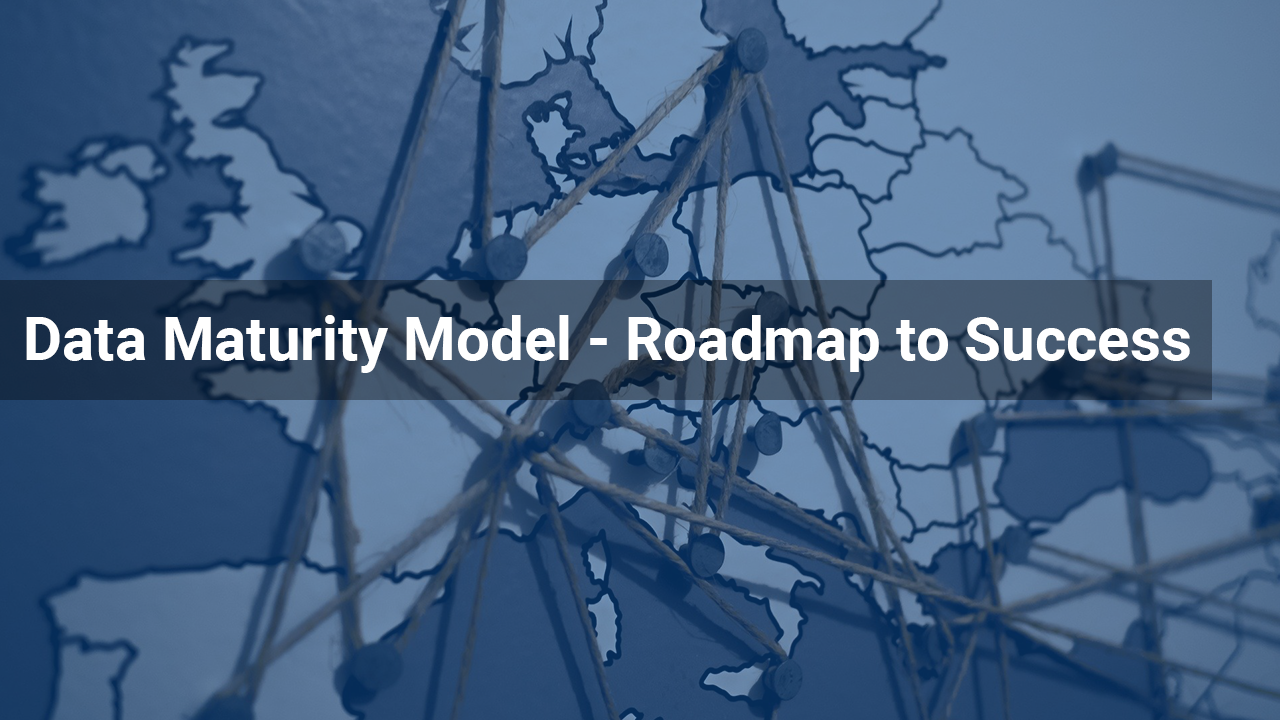2-Minute Training – Data Inventory
Listen as VP of Data Strategy, Kim Snyder outlines the questions you need to be asking within your organization to begin conducting a proper data...

Over the last twenty years, several complementary trends have revolutionized the role of data in nonprofit organizations.
All of which open new opportunities that were previously out of reach for most nonprofits. Today, even small organizations can gather data about constituents, segment them across geographic, demographic, and psychographic dimensions, and understand important metrics for various constituent groups.
Why does data analytics matter for nonprofits?
This kind of digital, data-driven measurement and engagement strategy requires organizations to develop new internal capacities, learn new skills, and develop novel views of their data, constituents, and opportunities. Completing the digital transformation requires the evolution and maturation of many aspects of an organization.
What does a mature data-informed organization look like? How does expertise in data management lead to better decision-making, improved internal functioning, better client engagement, and higher ROI?
At a mature organization, data is gathered consistently and efficiently into integrated warehouses, not segregated silos. All constituent interactions with the organization are tracked together and relationships to other constituents are also recorded, providing a 360-degree view of the constituent. Information capture and retention is held to a level of quality and completeness that is in alignment with the reporting and segmentation needs of the whole organization.
Senior leadership relies on metrics to evaluate organizational performance relative to outcomes, middle management reports on process effectiveness, and line staff has access to data and reports to support their day-to-day operations. Staff at all levels can use data to initiate process improvements, and a Data Leader drives ongoing, iterative improvements from a senior leadership position.
They further ensure that new investments in technology align with the existing constellation of systems and integrations at the organization, and offer strategic guidance to the senior leadership team on how to continue to leverage data technology to drive the organizational mission forward. The organization has clear Key Performance Indicators (KPIs) and established recurring reports that are analyzed to turn data into insights.
At a data-driven nonprofit organization, every person is both a producer and consumer of data and relevant data provides insight into decision-making at every level, from the front desk to the C-Suite.
This vision for ongoing and effective innovation driven by data technology is a process of maturation, not a sudden metamorphosis. There is no cocoon an organization can enter into as a manual-entry caterpillar, and emerge a short while later as a fully integrated data butterfly. The maturation process is an iterative process that requires focus, leadership, and investment to move the organization from one stage to the next.
At its core, digital maturation is the management of five discrete functional areas related to data, which we call the building blocks of data leadership, as per the diagram below:
The purpose of a Data Maturity Model is to provide organizations with vision and direction. The direction is explored below, as we provide characteristics of the four different stages of data maturity. Individual organizations can, through a brief self-assessment, find themselves on the maturity curve, and can quickly identify steps that will drive them forward.
Transitioning to the next level requires resources, expertise, and attention. As an organization progresses on the maturity model, different building blocks will begin to take a more central role. For example, in the early stages, managing data and the platforms it lives on are the heart of the work. As an organization grows and progresses, issues of data governance and policy become central. Over time, organizations will extend control over all of these building blocks.
Organizations that focus and make incremental progress will achieve long-term success.
Ready to get started fast-tracking your organization to a better data culture? Register for our free webinar - Can 2022 Be Your Year of Data?

Listen as VP of Data Strategy, Kim Snyder outlines the questions you need to be asking within your organization to begin conducting a proper data...

If you’re a nonprofit leader, you know that getting the most out of limited resources can make or break an organization. With more and more services...

Let’s start with the good news. States within the USA are starting to implement privacy regulations to protect our individual data. As individuals,...